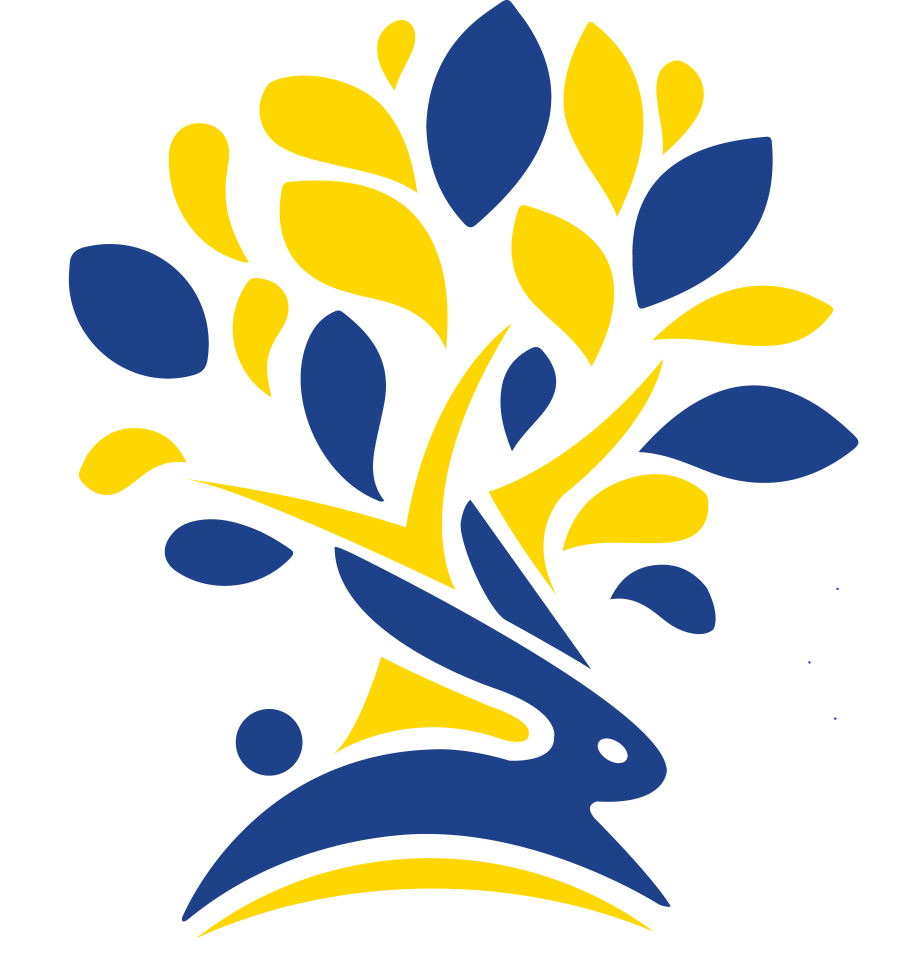Design and Technology
Welcome to our Design and Technology Curriculum

At Cuddington Croft, we develop our children's problem-solving skills and creativity as they explore the key aspects of effective Design and Technology lessons in order to prepare them for their ever-changing future.
Our Design and Technology Intent
In Design and Technology, we aim for our children to learn life-long skills which will be transferrable in their everyday lives. We hope to inspire our children to be innovative and creative thinkers and problem solvers. We aim to build our children’s awareness of how Design and Technology has developed over time and the impact it has on our lives. Our Design and Technology lessons are underpinned by our school values. When approaching tasks, we want our children to do this with resilience and a growth mindset, as well as applying our 6Cs and Packtypes attributes in order to work together and meet a design specification. We want our children to develop the confidence to take risks through drafting design concepts, modelling and testing, as well as being reflective learners who evaluate their work and the work of others. Linking to our role as Global Citizens, we hope to empower our children to become resourceful, enterprising citizens who will have the skills to contribute to future design advancements.
Implementation - how is Design and Technology planned and taught?
Our Design and technology curriculum is taught using Kapow for a half term each term. This curriculum enables our children to respond to design briefs and scenarios that require consideration of the needs of others, developing their skills in the following six key areas:
-Mechanisms
-Structures
-Textiles
-Cooking and nutrition (food)
-Electrical systems (KS2)
-Digital world (KS2)
Each key area taught follows the design process of designing, making and evaluating with a particular theme and focus from the technical knowledge or cooking and nutrition aspect of the curriculum. This curriculum enables children to revisit and build on their previous learning.
Our Design and Technology curriculum is underpinned by Rosenshine’s Principles. Through our lesson structure we review key vocabulary and previous learning, model and scaffold tasks with appropriate challenge and offer collaborative and independent opportunities. Knowledge organisers are available to support our children in building a foundation of factual knowledge by encouraging the recall of key facts and vocabulary.
Impact – how will we see progress?
Our Design and Technology lessons and pupil voice will show that children at Cuddington Croft thoroughly enjoy this subject. Also, our book sample evidences a progression of practical skills throughout the school as well as a development in the children’s design skills. Our children demonstrate a clear understanding and coherence of technical vocabulary, and knowledge of the design process.
When our children leave Cuddington Croft, a good learner in Design and Technology will:
Have a positive attitude towards Design and Technology with a curiosity to learn more and engage in self-exploration.
Be able to plan their work and possess control over different design techniques demonstrating flexibility throughout the process.
Think critically about their own and others’ work, justifying their choices and reflecting on how to improve whilst demonstrating relience and a growth mindset.
Be able to apply this understanding and these key skills to their own lives.









